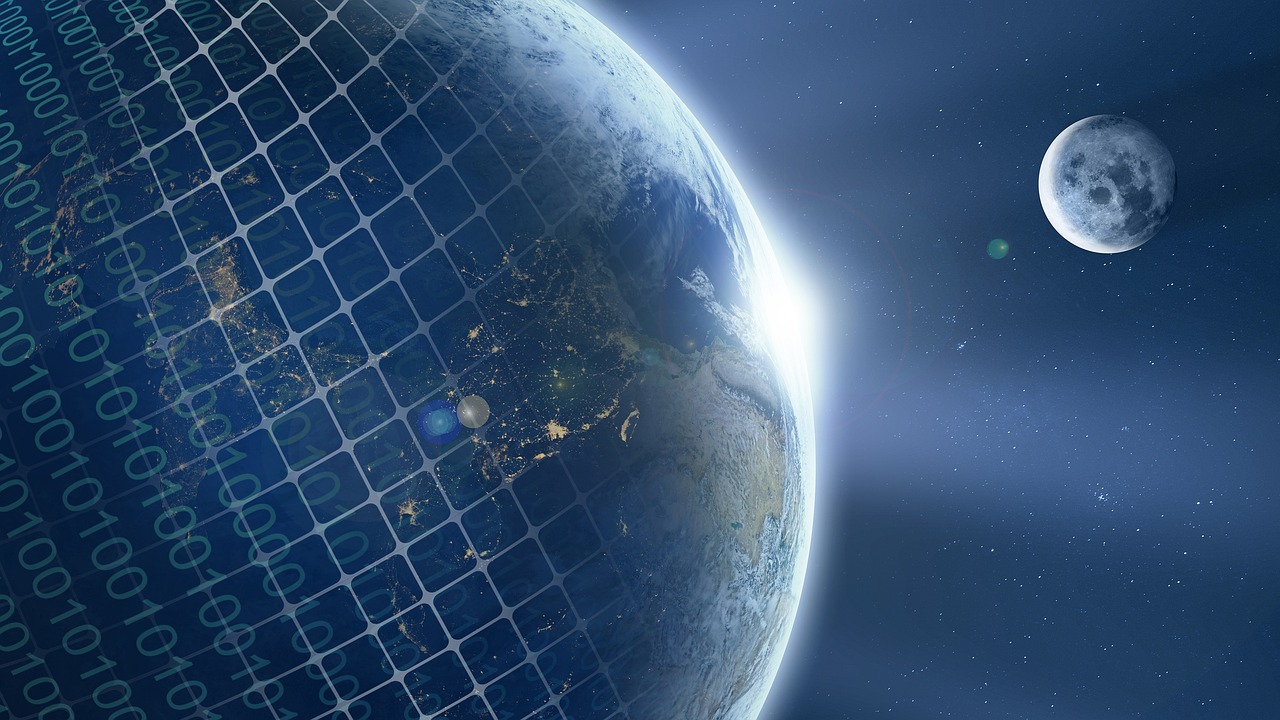It is common knowledge that the days are getting longer. Every year 0.000015 seconds are added. In other words, the Earth’s rotation is slowed by 2.3 milliseconds every century. The reason for this is the lunar tidal forces. This also causes the distance to the moon to increase by 3 to 4 centimetres every year, which in turn further slows down the Earth’s rotation.
Until now, it was assumed that this braking process was continuous. That is, the further back in time you look, the shorter the days become. But a new study shows that this is not the case. Between 2 and one billion years ago, the length of the day stagnated at 19 hours.
This period of the Earth roughly coincides with the Boring Billion. This occurred about 1.8 to 0.8 billion years ago and was characterized by tectonic stability and very little biological development.
According to the study, there was a counter-effect to the lunar tides during this phase: the atmospheric tides. The Earth’s atmosphere heats up in this process because it absorbs solar radiation. It expands in waves and runs around the globe. Similar to the ebb and flow of the tides, this happens regularly – the cycle is about 10.4 hours. The atmospheric tides accelerate the rotation of the Earth.
Today, the effect of atmospheric tides is less. The lunar waves are more robust, and so is the braking force that acts on the Earth’s rotation. But back then, the Earth spun faster, reducing the lunar braking force. According to the study, in the phase between 2 and a billion years ago, it had only a quarter of its current strength. This allowed the atmospheric tides to neutralize the braking force. That is why the length of the day stagnated at 19 hours.
Sediment deposits from 2.6 billion to 0.55 billion years ago were studied to prove this. Cyclical patterns can thus be used to determine the Earth’s rotation and, thus the length of the day in the past.
The ozone layer amplified atmospheric tides.
The researchers also believe they know why the tidal equilibrium of forces happened at this particular time. 2.4 billion years ago, the Earth received a large amount of oxygen, which is also called the Great Oxidation Event. This resulted in the formation of the ozone layer. This, in turn, intensified the effect of the atmospheric tides.
For the researchers, it is conceivable that the tidal equilibrium contributed to the fact that little happened tectonically and geochemically. It could therefore be partly responsible for the fact that the boring billion began. However, scientific evidence is still lacking, so it is only a theory.
The boring billion is considered a brakeman in evolution. Due to the low activity of the Earth, less oxygen entered the atmosphere. This slowed down the development of life forms. Only at the end of this phase, when the days became longer, and tectonics became more active, did the evolution of life also pick up again.
This post has already been read 3055 times!



